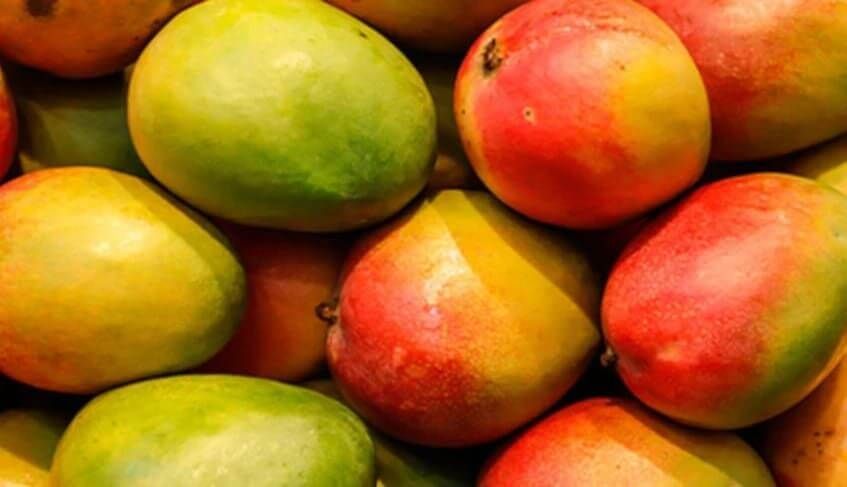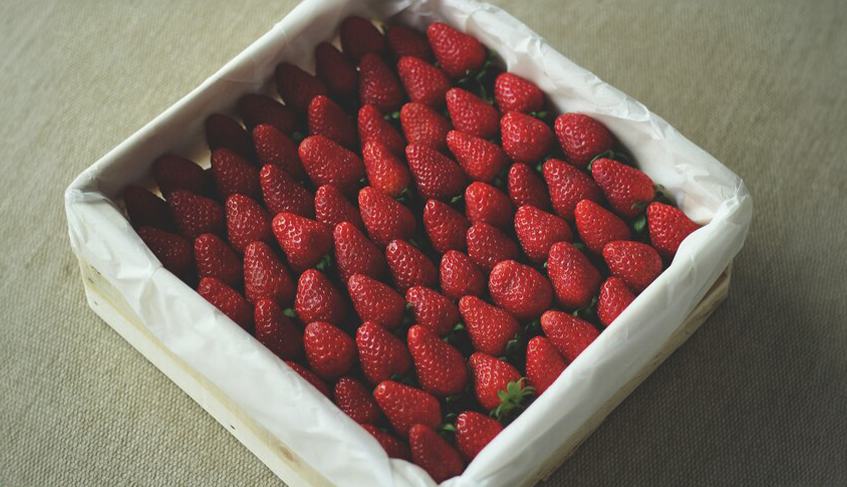Mango is grown in tropical and subtropical countries (without frost) such as India, Pakistan, South and Central America, the Caribbean region, South and Central Africa, Australia and Southeast Asia.
Known Types are: Haden, Keitt, Kesar, Alphonso, Valencia Pride, Badami, Chaunsa Nam Dok Mai, Glenn, Sindhri, Madame Francique and Tommy Atkins.
Harvest of Mango
Mangoes are usually picked when they reach their maximum size and ripening has not yet (fully) started. Optimal harvest time is not easy to determine, but can be more or less predicted considering form, rind colour, pulp color and firmness. (Caution: It is known that for most mango species, skin color is not related to interior color and maturity.)
Unless ripening has yet begun, mangoes produce very little ethylene. At this stage, mangoes are moderately sensitive to exogenous ethylene, which initiates ripening. As a result, the mango itself will also produce ethylene. This feature is used by harvesting the fruits raw, and before or after transportation, the fruits are exposed to exogenous ethylene in the ripening cells to support ripening.
Damaged fruits develop mold and produce more ethylene. This may have adverse effects for other (undamaged) fruits.
Pre-chilling Process of Mango
Due to the extremely high temperature of mangoes during harvest, it is very important to bring the mangoes to the optimal storage temperature (fluid cooling or hydro-cooling) as quickly as possible after picking.

CA/ULO Storage of Mango
Mangoes are stored at temperatures between 8-13 °C, depending on the variety and maturity. The Asian variety is stored at high air humidity (90 – 95%), but the Indian variety cannot tolerate high relative humidity.
Controlled Atmosphere storage of mangoes slows ripening by reducing respiration rate and ethylene production. Optimal values for mango storage in CA are 3-7% O2 and 5-8% CO2. Depending on the variety and maturity stage, mangoes can be stored in CA at 13°C for 3-6 weeks (2-4 weeks in normal refrigeration).
Our solutions for mango storage
- O2 trap (VPSA or PSA)
- CO2 trap
- Humidification
Optimal Storage Conditions for Mango
Optimal storage conditions for mango vary depending on the variety, time of damage and region.
Storage recommendations for mango are scientifically accepted general storage conditions, but these conditions are not specific to a particular region or variety. In other words, it is a narrative in which no rights can be claimed. You can contact a local university or research station for advice.
| Product ºC | Temperature º% | K.A. % | Storage Time | |
| Mango | 8 – 13 | 90 - 95 | 3 - 7 % O2 */** 5 - 8 % CO2 */** |
2 - 4 Week** 3 - 6 Week (CA)** |
| General conditions. There are large variations between countries/regions It totally differs according to the gender. |
||||









